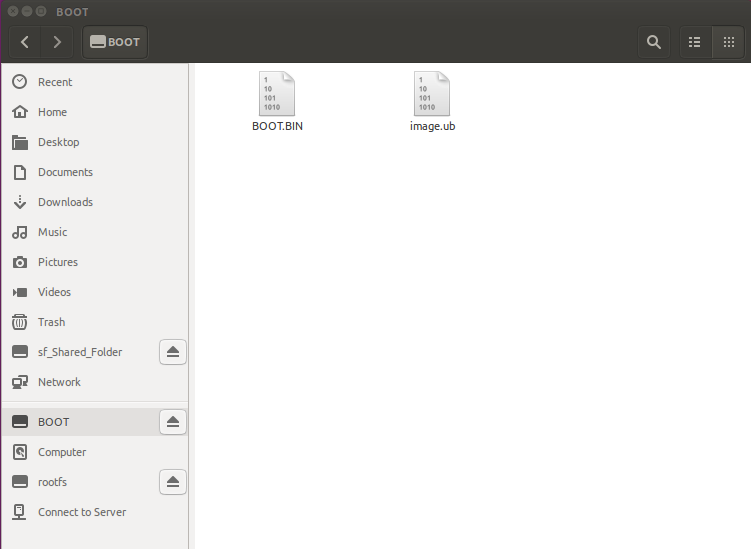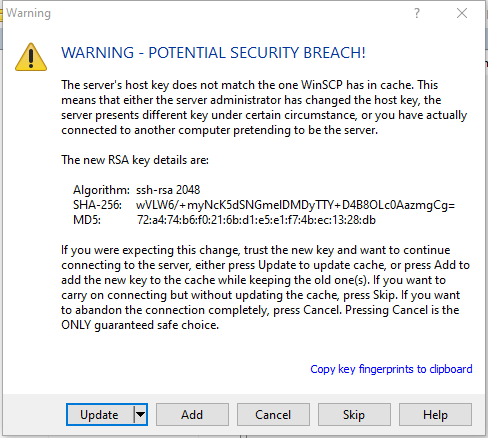PCB
PCB (printed circuit board) is printed circuit board which is one of the important components in the electronics industry.
Almost every kind of electronic equipment, from electronic watches and calculators to computers, communication electronic equipment and military weapon systems, as long as there are electronic components such as integrated circuits, in order to make the electrical interconnection between various components, we must use printed board.

The printed circuit board is composed of an insulating bottom plate, connecting wires and pads for assembling and soldering electronic components, and has the dual functions of conductive lines and insulating bottom plate.
It can replace the complicated wiring and realize the electrical connection between the components in the circuit:
- Simplifies the assembly and welding of electronic products,
- reduces the wiring workload in the traditional way,
- greatly reduces the labor intensity of workers;
- reduces the overall machine Volume,
- reduce product cost,
- improve the quality and reliability of electronic equipment.
The printed circuit board has excellent product consistency, it can adopt standardized design, which is easy to mechanization and automation in the production process. At the same time, the entire printed circuit board after assembly and debugging can be used as an independent spare part, which is convenient for the exchange and maintenance of the whole product.
FR4
The substrate of PCB is generally glass fiber. In most cases, the glass fiber substrate of the PCB is generally referred to as “FR4”. FR4 gives PCB rigidity and thickness. In addition to the FR4 substrate, there are flexible circuit boards produced on flexible high-temperature plastics (polyimide or similar).
You may find PCBs with different thicknesses; however, the thickness of SparkFun products is mostly 1.6mm (0.063’‘). Some products also use other thicknesses. For example, LilyPad and Arudino Pro Micro boards use 0.8mm thickness.
Copper
Next is a very thin copper foil layer, which is pressed down on the substrate by heat and adhesive during production. On the double-sided board, copper foil will be pressed to both sides of the substrate. In some low-cost occasions, copper foil may only be pressed on one side of the substrate. When we mention “double-sided board” or “two-layer board”, we mean that there are two layers of copper foil on our lasagna. Of course, in different PCB designs, the number of copper foil layers may be as little as 1 layer, or more than 16 layers.
There are many types of thickness of copper layer, and the weight is used as a unit. Generally, it is expressed by the weight (ounce oz) of copper uniformly covering one square foot. The copper thickness of most PCBs is 1oz, but some high-power PCBs may use 2oz or 3oz copper thickness. Convert the ounce (oz) per square foot, it is about 35um or 1.4mil copper thickness.
At present, printed circuit boards have been extremely widely used in the manufacture of electronic products.
Soldermask
Above the copper layer is the solder mask. This layer makes the PCB look green (or SparkFun’s red). The solder mask covers the traces on the copper layer to prevent the traces on the PCB from contacting other metals, solder, or other conductive objects to cause a short circuit. The presence of solder mask allows everyone to solder in the right place and prevents solder bridges.
Solder mask covers most of the PCB (including traces), but the silver ring and SMD pad are exposed to facilitate soldering. Generally, solder masks are green, but almost all colors can be used for solder masks. Most of SparkFun’s boards are red, but IOIO boards are white, and LilyPad boards are purple.
Silkscreen
Above the solder mask, there is a white silk screen layer. Letters, numbers, and symbols are printed on the silk-screen layer of the PCB, which can facilitate assembly and guide you to better understand the design of the board. We often use the symbols on the silk screen layer to mark the function of certain pins or LEDs.
The most common color of the silk screen layer is white. Similarly, the silk screen layer can be made in almost any color. Black, gray, red and even yellow silkscreen layers are not uncommon. However, it is rare to see multiple screen printing colors on a single board.
We provide PCB Design services.


